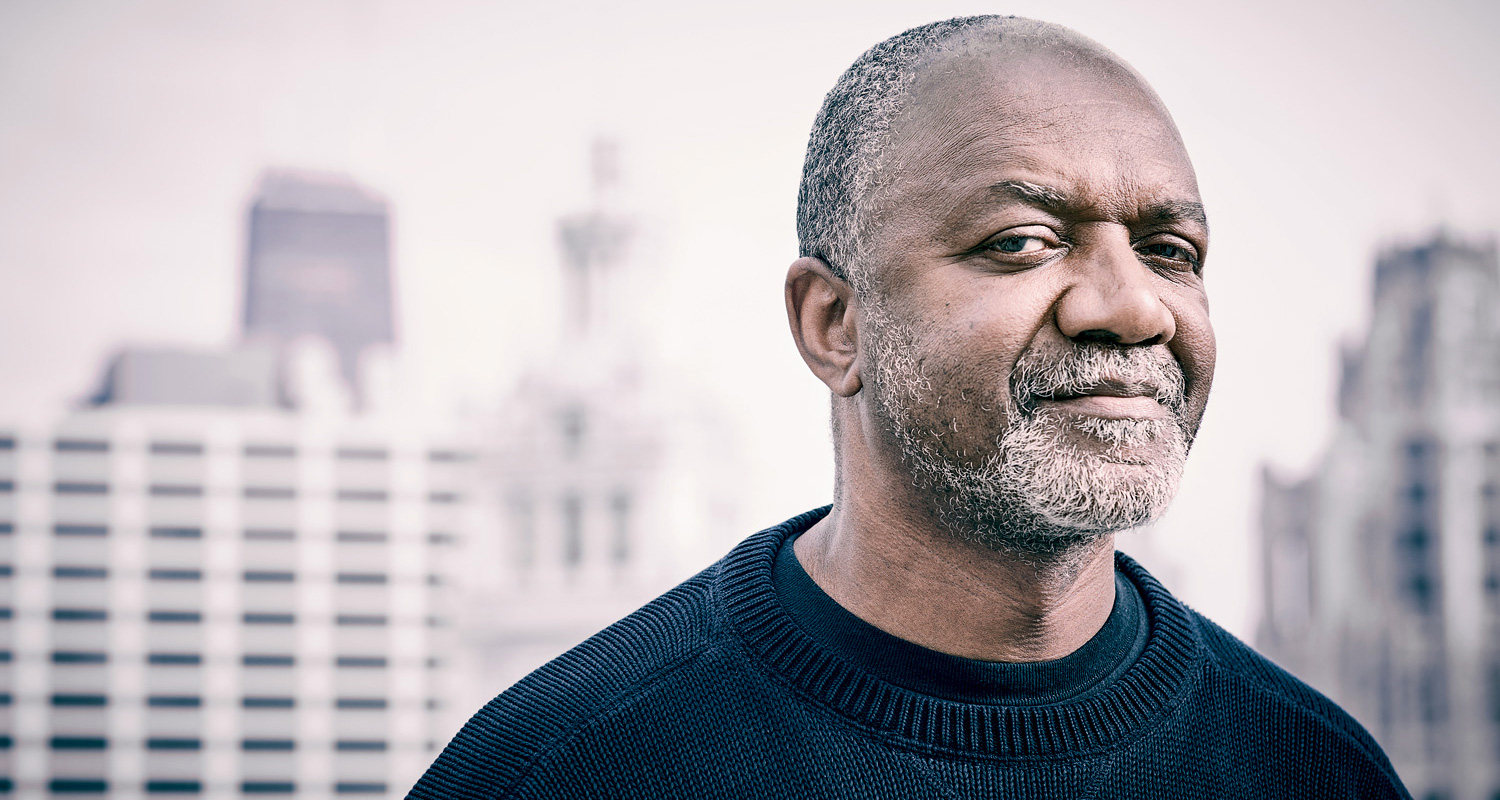Kerry James Marshall has a mantra: If you want to change the Western canon of art, you first have to master it. That’s the idea behind Mastry, the massive retrospective of the 61-year-old’s vivid paintings that opened in April at the Museum of Contemporary Art Chicago and is currently at the Met Breuer in New York City. The groundbreaking show of 72 large-scale paintings—about a third of which are stunningly huge—spread across the entire second floor of the MCA. The works showcase Marshall’s understanding of old-style techniques while also cementing him as one of today’s most vital painters. “Kerry has inserted, into museums and into art history, a greater consideration of black figures,” says Madeleine Grynsztejn, the director of the MCA. “In doing so, he is actually changing art history.”
Though Mastry is his biggest show to date, Marshall has spent the last three decades rigorously documenting the hues of the everyday black experience. It’s precisely Marshall’s celebration of the mundane that makes his work so remarkable. In an era of strained race relations and unrelenting cycles of violence, Marshall’s black figures—which are depicted, for example, picnicking in a park, falling in love, working in a barbershop—feel more necessary than ever. “One of the things the show demonstrates is that you can do more with a black body than mourn it,” says Marshall. “You can imagine a wide variety of possibilities in which that black body operates as normal.”
Advertisement
The notion resonated: Mastry attracted 130,000 visitors (including Michelle Obama) to the MCA this year, making it the fifth-biggest exhibit in the museum’s history. New York magazine art critic Jerry Saltz picked Mastry’s exhibition at the Met Breuer as one of his five most anticipated shows of the fall. “I think people responded to the fact that they’ve never seen a concentration of images of black figures like that in one place, ever,” says Marshall. “But also not seeing them represented as either impoverished or abject or traumatized is something that people are unfamiliar with. The goal is to arrive at a moment in which an encounter with images like mine is not out of the ordinary. The goal is to help people see possibilities.”



